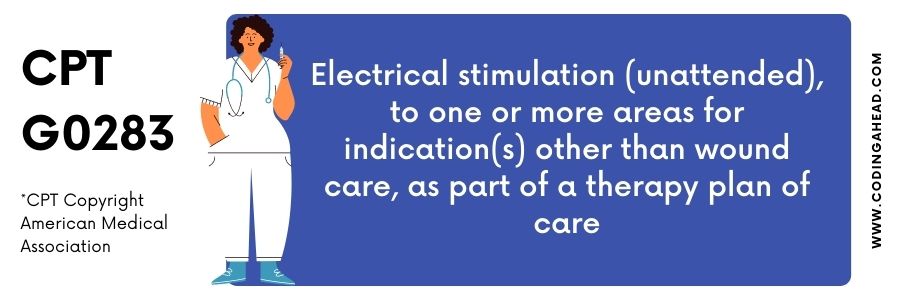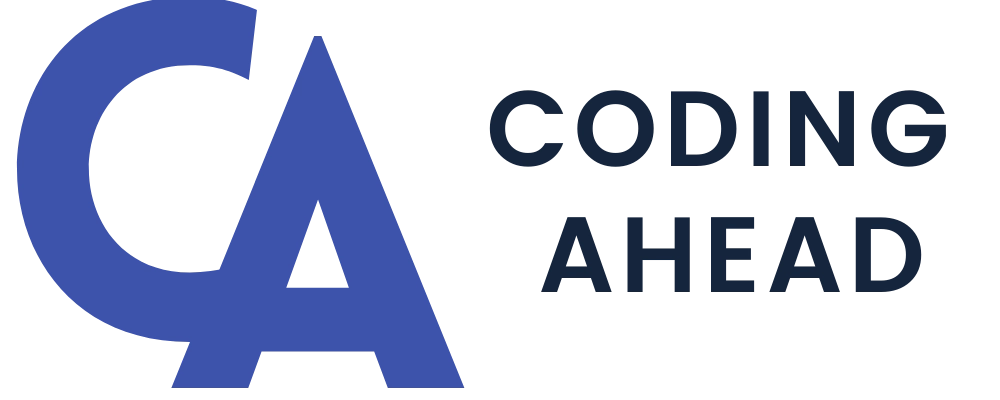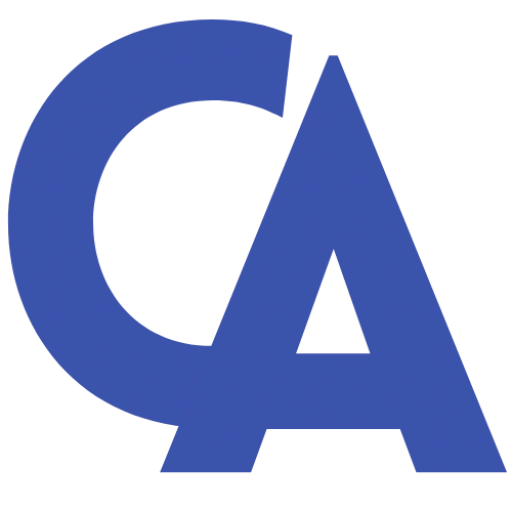G0283 CPT Code (2022) Description, Guidelines, Reimbursement, Modifiers & Examples
G0283 CPT Code (HCPCS Level II) bills for service when the physician performs Electrical stimulation (unattended) to one or more areas for the indication(s) other than wound care as part of a therapy plan of care. The physician applies the voltage-current to a site as an overall therapy plan.
G0283 CPT Code Description
There are the following reasons or benefits of PT (Physical Therapy) when G0283 CPT code performs:
Reduce pain in affected areas by electrical simulation
Promote efficient blood circulation
Strengthen muscles and aid in contraction
Inflamed muscle, tendon, bursa, or ligaments
Helpful in healing traumatic wounds
The physician performs an electrical stimulation that utilizes electric current and behaves like the body’s own natural bioelectric system’s current. It aids in injuries, impaired and jumpstarts, or accelerates the healing process by attracting the body’s repair cells, changing cell membrane permeability and hence cellular secretion, and orientating cell structures.
The physician generates a current between the skin and inner tissues when there is a break in the skin. The current remains to flow until the open skin defect gets repaired. It may use a different type of electricity and control by the other resources.
The patient requires rounds of electrical stimulation for a moist wound environment. A surface electrode pad connects to the wet contact with the wound bed or external kin surface.
The physician incorporates two electrodes to complete the electric flow and may require a wet conductive instrument in the wound bed and on the skin away from the wound.
The physician may use high voltage pulsed current (HVPC), the most effective and safe wavelengths or selection of polarity, variation in pulse rates, and concise pulse duration. The best practice is to avoid significant tissue pH and temperature changes to boost the healing process.
CPT codes G0281 and G0282 reports for wound care. CPT code G0283 reports for purposes other than wound care, such as nerve stimulation, pain reduction, and muscle contraction.

G0283 CPT Code Reimbursement
A maximum of one unit can be a bill on the same service date of G0283 CPT code. In contrast, the three units allow documentation supporting the service’s medical necessity.
The cost and RUVS of HCPCS Level II G0283 are $13.70 and 0.39596 when performed in the facility. In contrast, the reimbursement and RUVS of HCPCS Level II G0283 are $13.70 and 0.39596 when performed in the non-facility.
G0283 CPT Code Modifiers
The following are the list modifiers applicable with G0283 CPT code:
22, 51, 52, 53, 54, 58, 59, 76, 77, 78, 79, 80, 81 82, 99, , AS, CC, CR, ET, EY, GA, GC, GK, GR, GU, GY, GZ, KX, Q5, Q6, QJ, SG, TC, XR, XP, XU, XS, AI, AT
Modifier 76 is appropriate with HCPCS G0283 when a similar service performs by the Same Physician on the same service date.
Modifier 76 is applicable with G0283 CPT code when a similar service performs by a different Physician on the same service date.
Modifier 59 is applicable with HCPCS G0283 when a Distinct service performs by the physician and bundles with another procedure on the same date.
Modifier X {E, P, S, U} is applicable instead of Modifier 59 with G0283 CPT code when service bills to Medicare insurance. It divides the modifier into four parts for further specification of the procedure.
Modifier 53 will be reported with HCPCS G0283 if an unsuccessful attempt for an electrical stimulation makes due to unavoidable circumstances like allergic reactions to the substance.
Modifier 22 applies to HCPCS G0283 when services perform longer than usual and take extra resources during the procedure.
Modifier 52 applies when the physician does not complete the electrical stimulation service and terminates due to unavoidable circumstances.
Modifier 51 is applicable with G0283 CPT code when the physician performs multiple sessions or treatments on the patient on the same service date.
Modifier 58 is applicable when a physician plans a procedure in the postoperative period after the original service.
If physicians believe that Medicare will deny such service, reporting with a GA modifier is appropriate. The beneficiary must sign an Advance Beneficiary Notification (ABN), and HCPCS G0283 must apply the GA modifier to that service.
G0283 CPT Code Billing Guidelines
Documentation should support the medical necessity of service. It reflects that service is medically necessary and appropriate.
G0283 CPT code bills for services other than wound care. Unlike HCPCS, G0283, G0281, and G0282 accounts under Medicare to treat diabetic ulcers, chronic stage III or stage IV pressure ulcers, arterial ulcers, and venous stasis ulcers.
The physician should at least try for 30 days before utilizing electrical stimulation without significant signs of healing to meet reimbursement criteria for Medicare insurance. If the physician fails to document the no sign of healing, It may not cover by Medicare within 30 days of treatment.
Electrical stimulation must discontinue when the wound demonstrates a 100 percent epithelialized wound bed. Electrical stimulation for non-wound purposes (G0283) must document in the patient record. Third-party payers may not separately reimburse for this service. Check with the payer for their specific guidelines.
G0283 CPT Code Examples
The following are the examples when G0283 CPT code bills:
Examples 1
A 35-year-old male presents to the therapist for follow-up on a traumatic injury of the shoulder. A patient has 10/10 pain severity, and it was unbearable.
The physician sends the patient to the therapist for electrical stimulation of pain. The therapist attached all the modules and electrodes and set all the parameters to the targeted site. The rest of the simulation did by the patient under the physician’s supervision without his involvement.
Therapist scheduled three more sessions in this week for electrical stimulation of pain. After getting 30 minutes sessions comprised of two intervals, the patient feels reduced pain and is better than earlier. Now patient pain severity is 2 out of 10 and feeling much better.
Example 2
A 56-year-old male presents to a therapist for the inflamed muscle of the hip, ankle, and joints. The patient had severe pain in the lower extremity joints.
The pain was not healing from any medications and treatments. The therapist decided to do an electrical stimulation of these joints. He placed all the electrodes on the targeted part and set the module parameters.
The patient does the rest part and massages all the lower extremity joints. Therapies are in the four intervals of 20 minutes.
After a 15 to 20 minutes session, the patient felt better and lower in pain. Physician rescheduled electrical stimulation for the next 3 to 4 days of pain management.
Example 3
A 36-year-old male had surgery on knee joints two weeks ago. He got muscle dystrophy and poor movement. The patient also had muscle contraction issues and knee pain.
The therapist decided to use electrical stimulation to improve the knee joint’s blood flow. The therapist placed to set the device’s parameters and wires to the targeted kneed joint.
The physician was present to supervise the whole session while the patient was doing his massage. The therapist did four sessions of 15 minutes to massage with medications also.
Therapist scheduled four more sessions to complete heel the pain. The patient feels good after the session. The pain reduces from severe to mild.
Example 4
A 59-year-old male presents to the office for foot drop while walking. He could not pick up his foot during walking and felt unsafe, and had difficulty walking. The physician refers this patient to a therapist for Electrical manipulation for muscle contraction.
The patient does not entirely paralyze, and there were chances of improvement by providing electrical stimulation. The therapist placed the device in the targeted area and set the device’s parameters.
The patient felt improvement in walking, and the foot drop was getting better than earlier. The patient was willing to do the massage by himself. Therefore, the physician only monitored all the sessions provided to the patient after multiple treatment intervals.
Physicians rescheduled eight more sessions for next week. The patient also requested therapy for another session in the evening as he was feeling much better. The therapist provided another session in the evening for a continuation of treatment. The treatment goes well.
Example 5
A 70-year-old male presents to the office for low back pain and varicose vein. He is unable to sit correctly and facing difficulty in movement. The physician refers this patient to a therapist for Electrical manipulation for muscle contraction.
The patient does not entirely paralyze, and there were chances of improvement by providing electrical stimulation. The therapist placed the device in the targeted area and set the device’s parameters.
The patient felt improvement in walking, and the foot drop was getting better than earlier. The patient was willing to do the massage by himself. Therefore, the physician only monitored all the sessions provided to the patient after multiple treatment intervals.
Physicians rescheduled nine more sessions for next week. The patient also requested therapy for another session in the evening as he was feeling much better. The therapist provided another session in the evening for a continuation of treatment. The treatment goes well.


